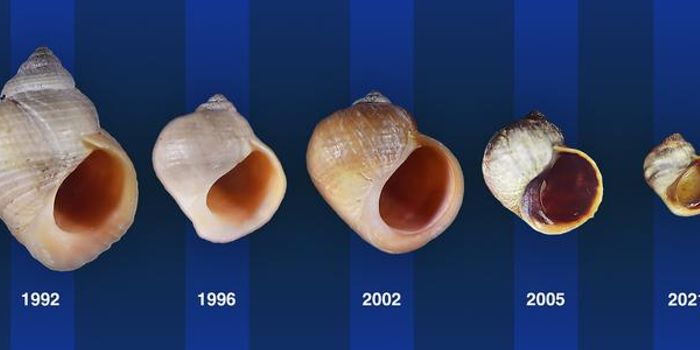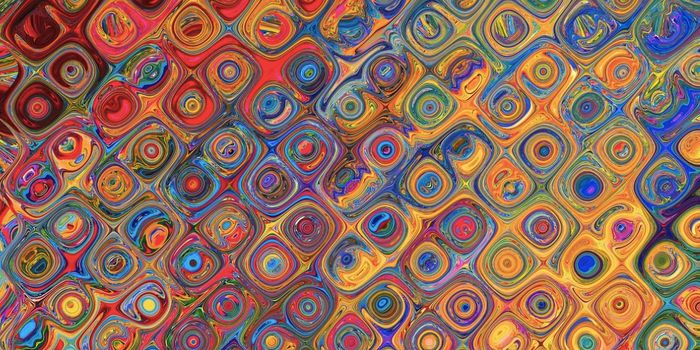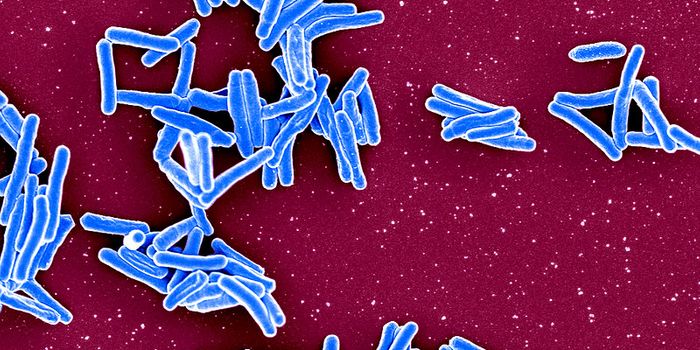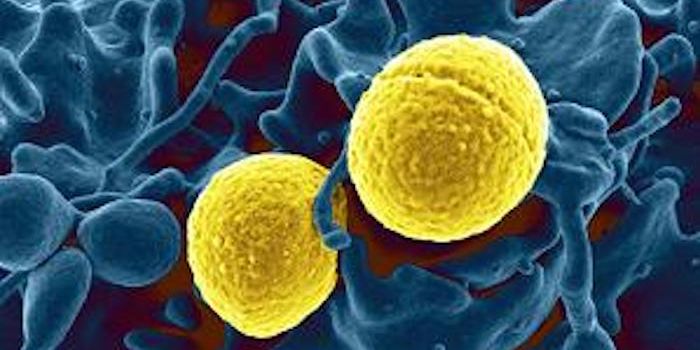The Fallout From the CRISPR Infant Experiment Continues
Last year, Chinese scientist He Jiankui caused tremendous controversy in the scientific world by conducting a gene-editing experiment using CRISPR technology on human embryos that were later born. It’s never ethically acceptable to use new technologies with unknown ramifications on humans, and another problem is that his work was performed under a shroud of secrecy; his research was not subject to peer-review before it was planned or announced at a scientific conference and discussed with a variety of media outlets. Very little was known about the details. But excerpts of papers describing his efforts have now been released, in part, because the work was submitted for peer-review to a variety of journals including Nature, the Journal of the American Medical Association, and bioRxiv, which have all declined to publish (although it may still be under consideration at JAMA) and portions of it have been leaked to MIT Technology Review.
What is now known about the research has done nothing to assuage the doubts of He’s many detractors. The whereabouts of He are now unknown, his research institution has claimed to know nothing of his plans, and his American collaborator Michael Deem of Rice University is now under investigation. There are also some irregularities in various versions of the manuscripts. The identities of the twins that received the gene-editing treatment are not known, which may very well be to protect their privacy. But it’s also made some researchers skeptical that the work was done at all.
The Massachusetts Institute of Technology (MIT) spoke to various experts about the research. The work was intended to prevent HIV infection if the twins were ever exposed. There is a known mutation in the CCR5 gene that can have a protective effect and shield carriers from the virus. The girls were born to a father that was HIV-positive, but were not at risk for contracting the disease; the edit was meant to protect against a possible future exposure. But the edit has not been conclusively confirmed in the twins.
“The first piece of data we need to have is verification from authorities in China that these girls JK [He] says he modified exist. As far as I know, nobody has said we took a drop of blood and verified the CCR5 edit,” Dana Carroll, a gene-editing scientist at the University of Utah, told MIT. “It would be simple to do, very straightforward. What I want to know is whether he did it.”
Related: Researcher Claims to Have Genetically Engineered Human Babies
According to a manuscript he wrote, He made the edit to the CCR5 gene, though it may not have been the one he wanted to make. The research team also wanted to perform future studies to be sure that the gene-editing had worked, and that it protects the twins from HIV. They had apparently intended to monitor the twins well into their teens to also examine any unintended consequences from the experiment.
Genetics expert George Church suggested that the work needs to be seen by the scientific community, in part to look out for the welfare of the twins. The manuscript “might influence whether or in what way one might best follow up on the health of the twins,” he told MIT, and that it can help determine whether future work with them “should [be] encouraged or not.”
Another researcher has her doubts, however. “I am curious to see [the manuscript] but I hope it doesn’t get published in a legitimate journal,” Paula Amato, an IVF doctor at the Oregon Health Sciences University commented to MIT. She collaborates with a team examining the feasibility of genetically engineered embryos but thinks the technology is not yet ready for use.. “I agree with journals being a gatekeeper and not publishing unethical research because publishing in a high-impact journal comes with notoriety and publicity, and they are widely read,” she added. “I think the problem is that he did it at all.”
Source: MIT Technology Review








